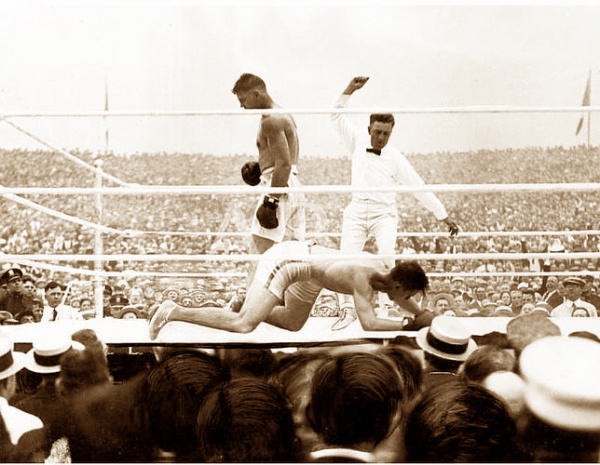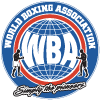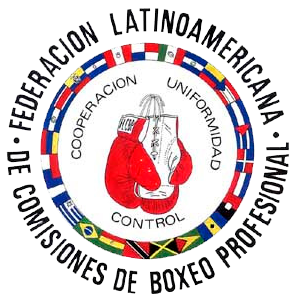Boxing has almost disappeared all over the world. Reviewing the numbers of previous world title bouts in respective calendar years, this observer saw the least active years in 1918 through 1919 caused by World War I (which broke out in July 1914 and came to an end in November 1918) and the pandemic called “Spanish Flu” (lasting from January 1918 to December 1920; actually no relation to Spain). The H1N1 pandemic had some 500 million people infected, approximately a quarter of the world population at that time, with some 50 million deaths worldwide and about 675,000 passing in the US. Even in Japan of the Far East, we pitifully had 23 million infected through the first and second waves of the pandemic.
The New York Times, on October 13, 1918 (Section E, Page 7), described the influenza pandemic, “Boxing in the East is now at a standstill, because of the epidemic of Spanish influenza. Promoters in Philadelphia, Boston and New Jersey, in compliance with requests issued by their different Health Departments, have agreed to close up shop. How long the sport will be idle remains to be seen, but it is positive that no matches of any importance will be undertaken while the epidemic continues.” A similar disastrous situation as today happened some one hundred years ago.
An example of a bout postponed by the Spanish flu was reported, as follows: a much-hyped heavyweight six-rounder between Jack Dempsey and Battling Levinski was postponed, though it eventually took place in Philadelphia in November 1918.
The results of world title contests during that period (1918-1919) were as follows:
HEAVYWEIGHT:
Jack Dempsey dethroned Jess Willard by a brutal third round stoppage on July 4, 1919. The Pottawatomie Giant had not defended his belt for more than three years since his first and last successful defense over Frank Moran at the Madison Square Garden in March 1916. The Manassa Mauler’s initial defense took place after fourteen months since his coronation on September 6, 1920, when he scored a quick knockout over Billy Miske in three rounds.
LIGHT HEAVYWEIGHT
Battling Levinsky gained the world 175-pound belt by a decision over Jack Dillon in October 1916. The newly crowned Levinsky didn’t put his belt on the line for four years before his first defense with Georges Carpentier, losing his throne by a fourth round knockout in October 1920.
MIDDLEWEIGHT:
Mike O’Dowd dethroned Al McCoy by a sixth round knockout in November 1917, and kept it just once before he forfeited his belt to Johnny Wilson on points in May 1920.
WELTERWEIGHT:
Ted Kid Lewis, UK, regained the world belt by defeating his grudge rival Jack Britton on points in twenty rounds in June 1917, retained it against Johnny Tillman over twenty rounds and yielded his belt back to Britton by a ninth round knockout in March 1919.
LIGHTWEIGHT:
Benny Leonard annexed the belt by halting defending champ Freddie Welsh in May 1917, and didn’t put his belt at stake until his first defense by a ninth round knockout over Charlie White in July 1920.
FEATHERWEIGHT:
Johnny Kilbane dethroned long-reigning Abe Attell in 1912, kept his world belt through the war time but retained it after the war by knocking out Danny Flush in September 1921. Between 1918 (inactive) and 1919, Kilbane didn’t retain his belt. He finally forfeited his belt after a very long eleven-year reign, losing to Eugen Criqui via sixth round knockout in 1923.
BANTAMWEIGHT:
Pete Herman, New Orleans, managed to win the belt by defeating Kid Williams in January 1917, and didn’t fight with his belt on the line until he lost it to Joe Lynch via 15-round decision in December 1920.
FLYWEIGHT:
Jimmy Wilde, a great champion called “The Mighty Atom”, kept the world belt since 1916, but didn’t put his belt on the line after he retained it against George Clark via fourth round knockout in March 1917. Though active in non-title bouts, Wilde finally forfeited his world belt to Pancho Villa by a seventh round knockout in June 1923.
Remarks: These data were supplied by a Japanese historian Minoru Joegamine.
At that time world champions rarely risked their belts on the line–due to the ND (no decision) rules. But the World War I and the Spanish Flu apparently caused the less activities of world champs in 1918 through 1919. It is said the dreadful pandemic brought an earlier end to the war since there happened too many victims infected on both camps to continue battling on the European front.
We don’t know when the COVID-19 will decrease and finally cease so that boxing events should soundly take place as previously. Providing a silver line may be all boxing people’s continual efforts for survival.
End

















